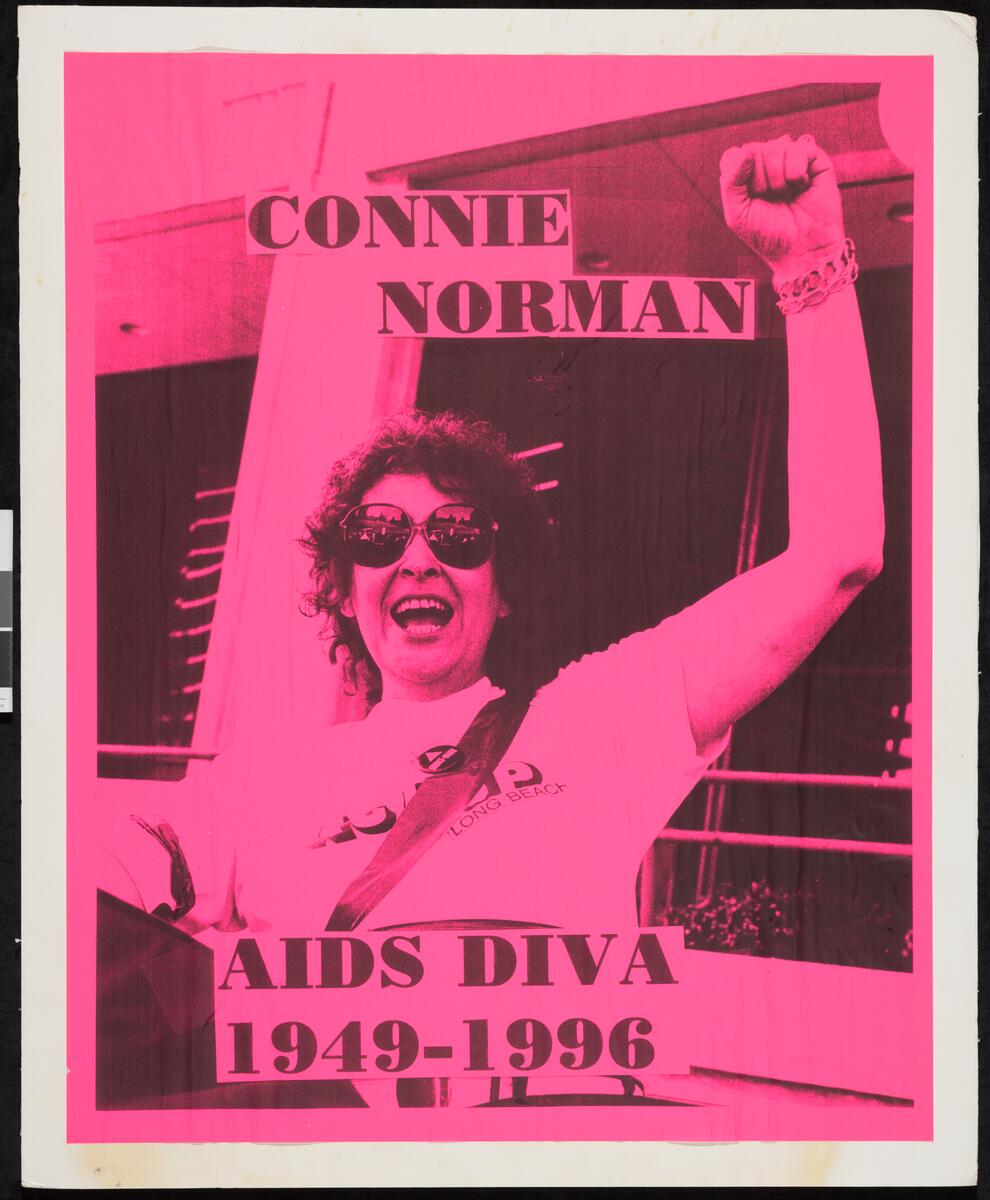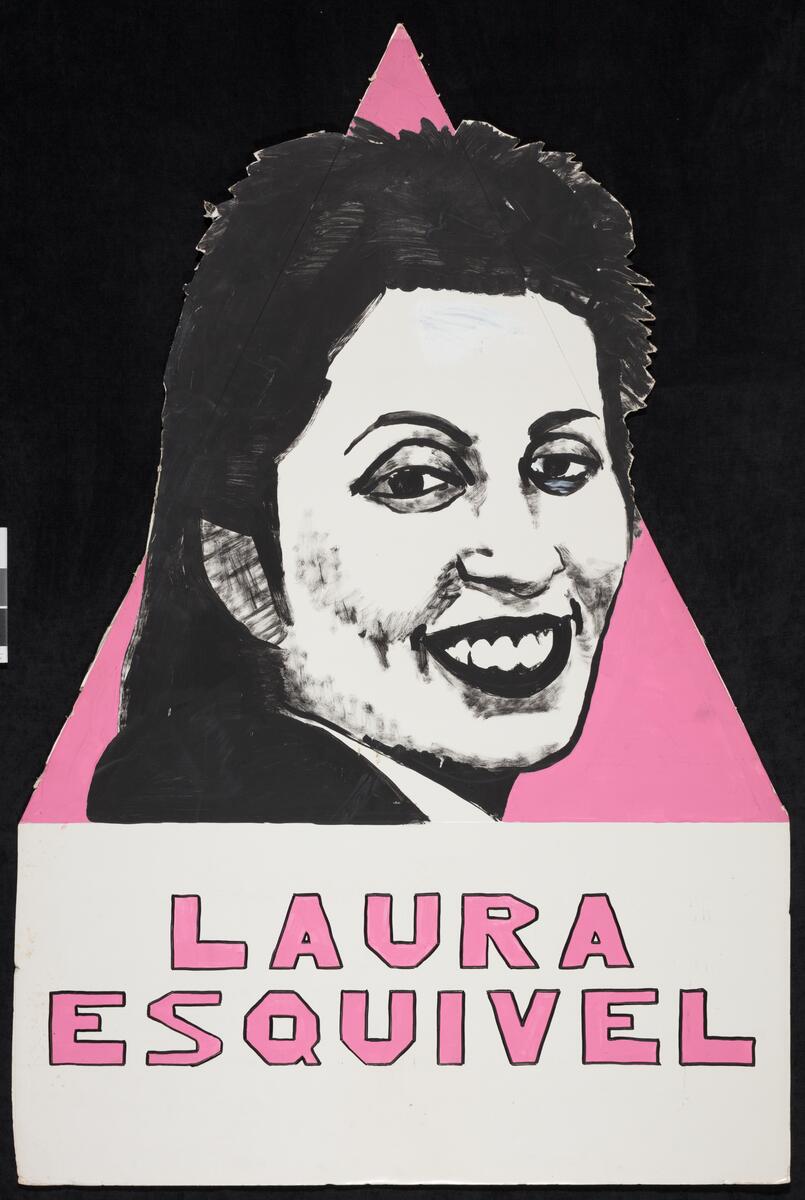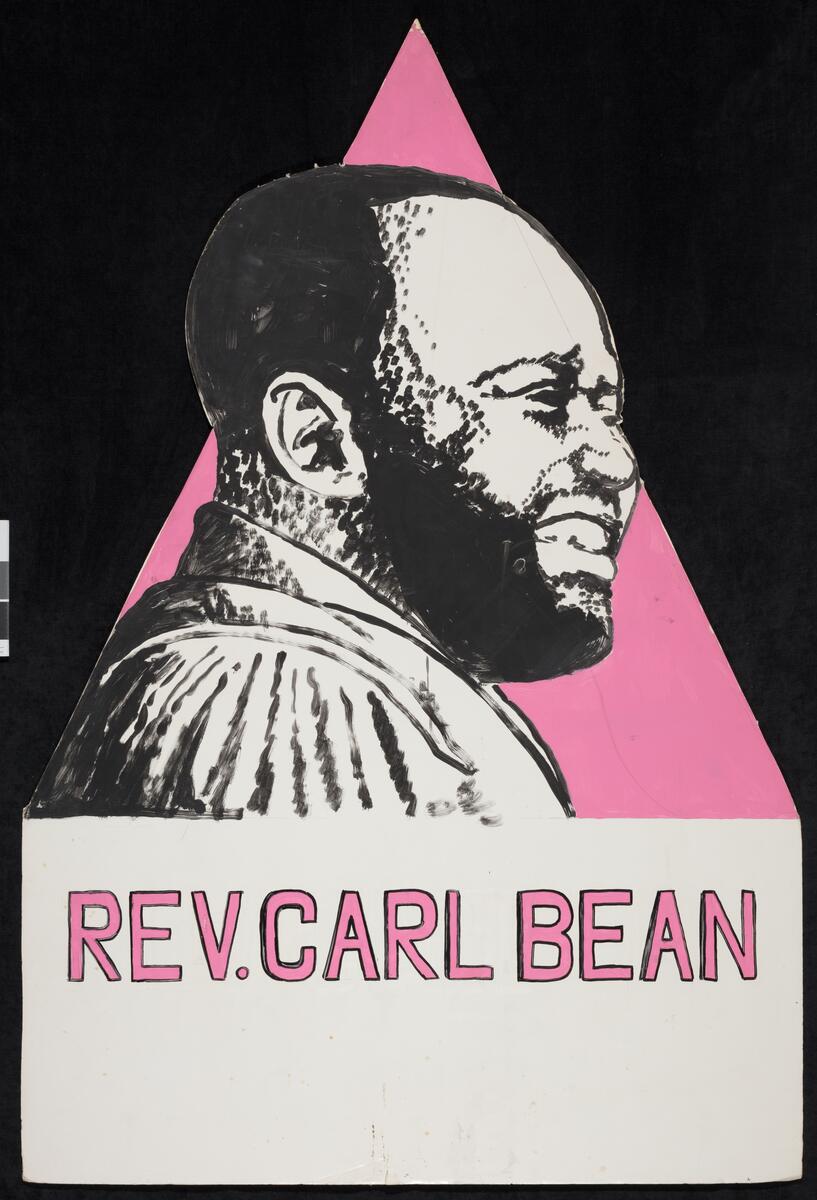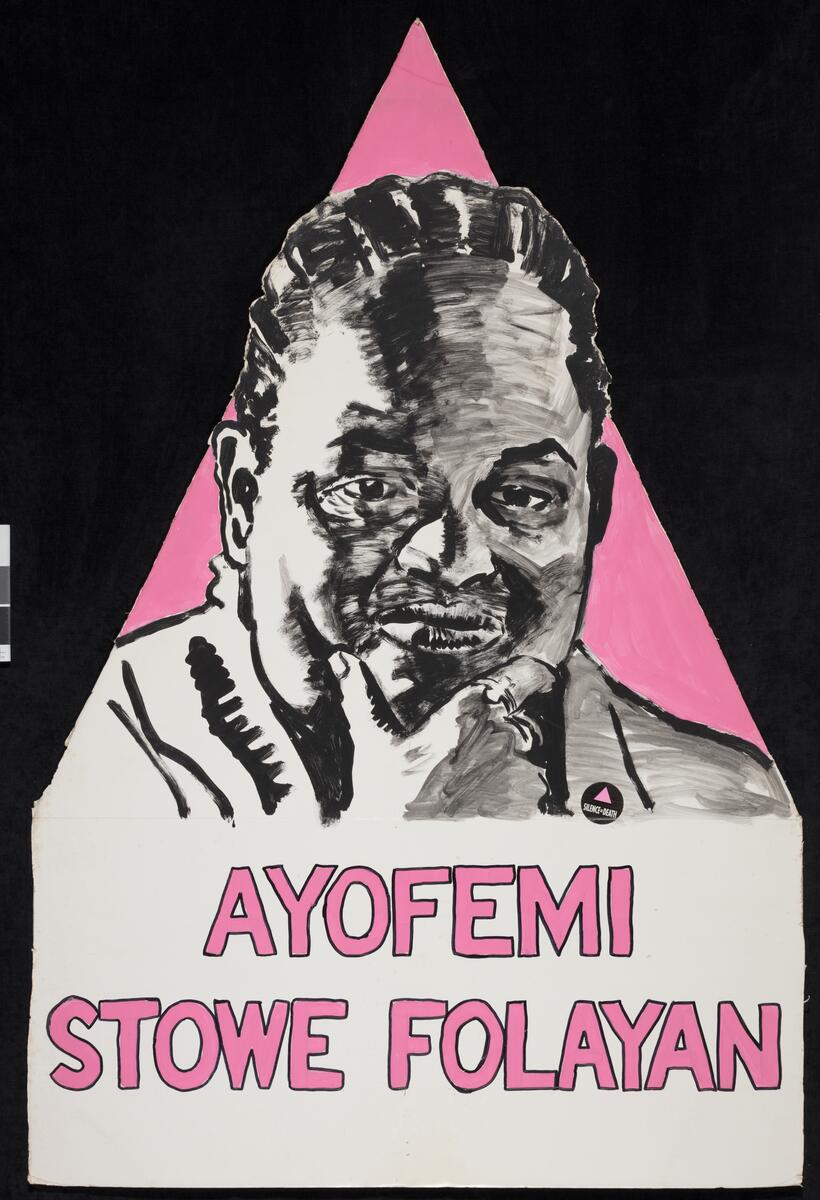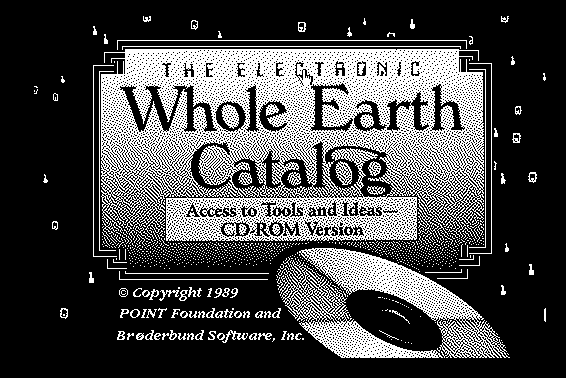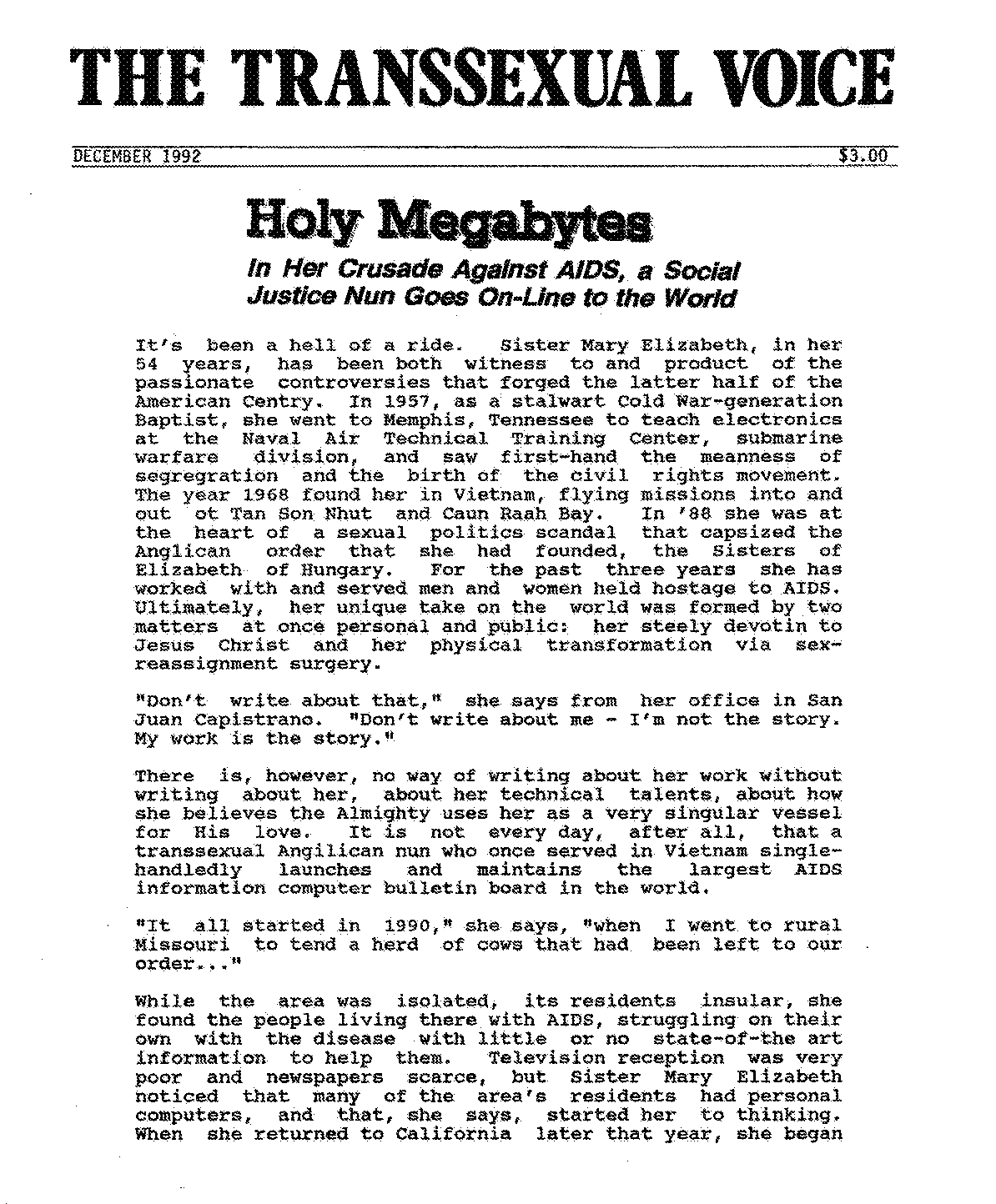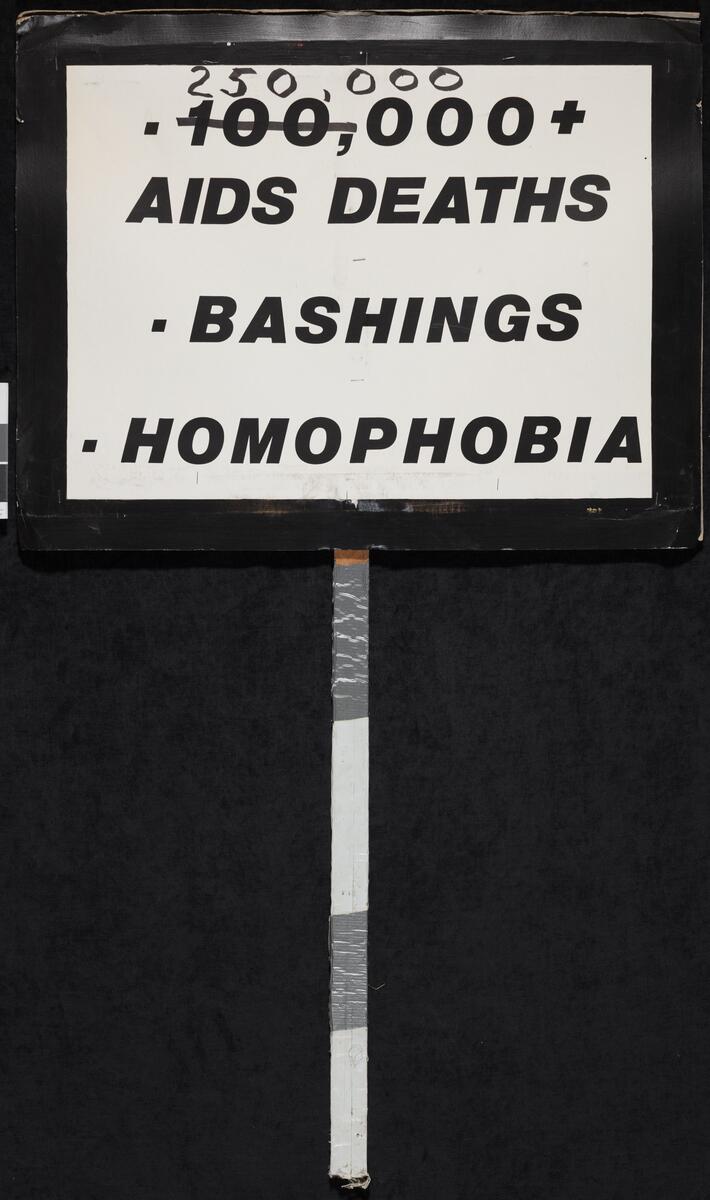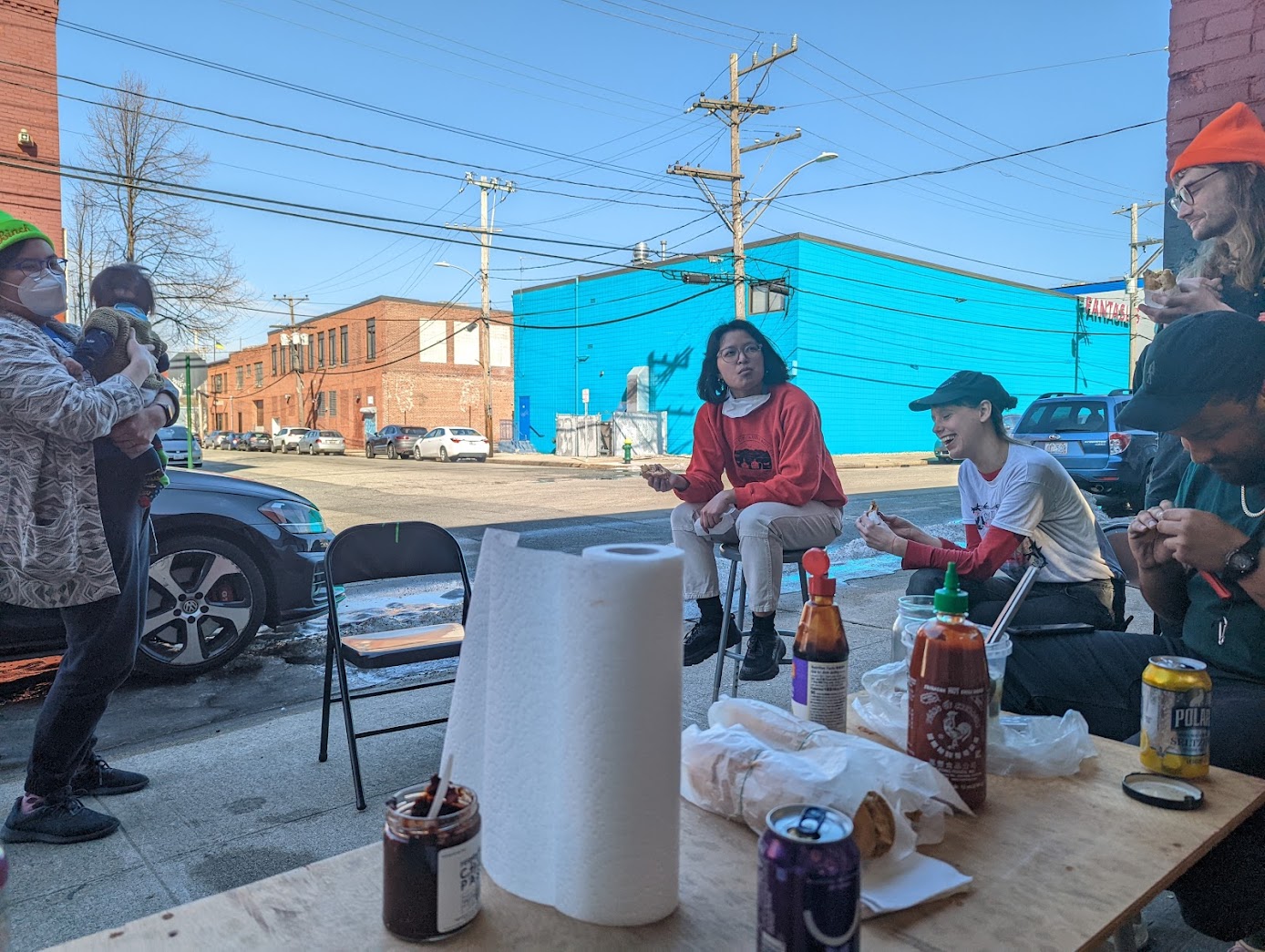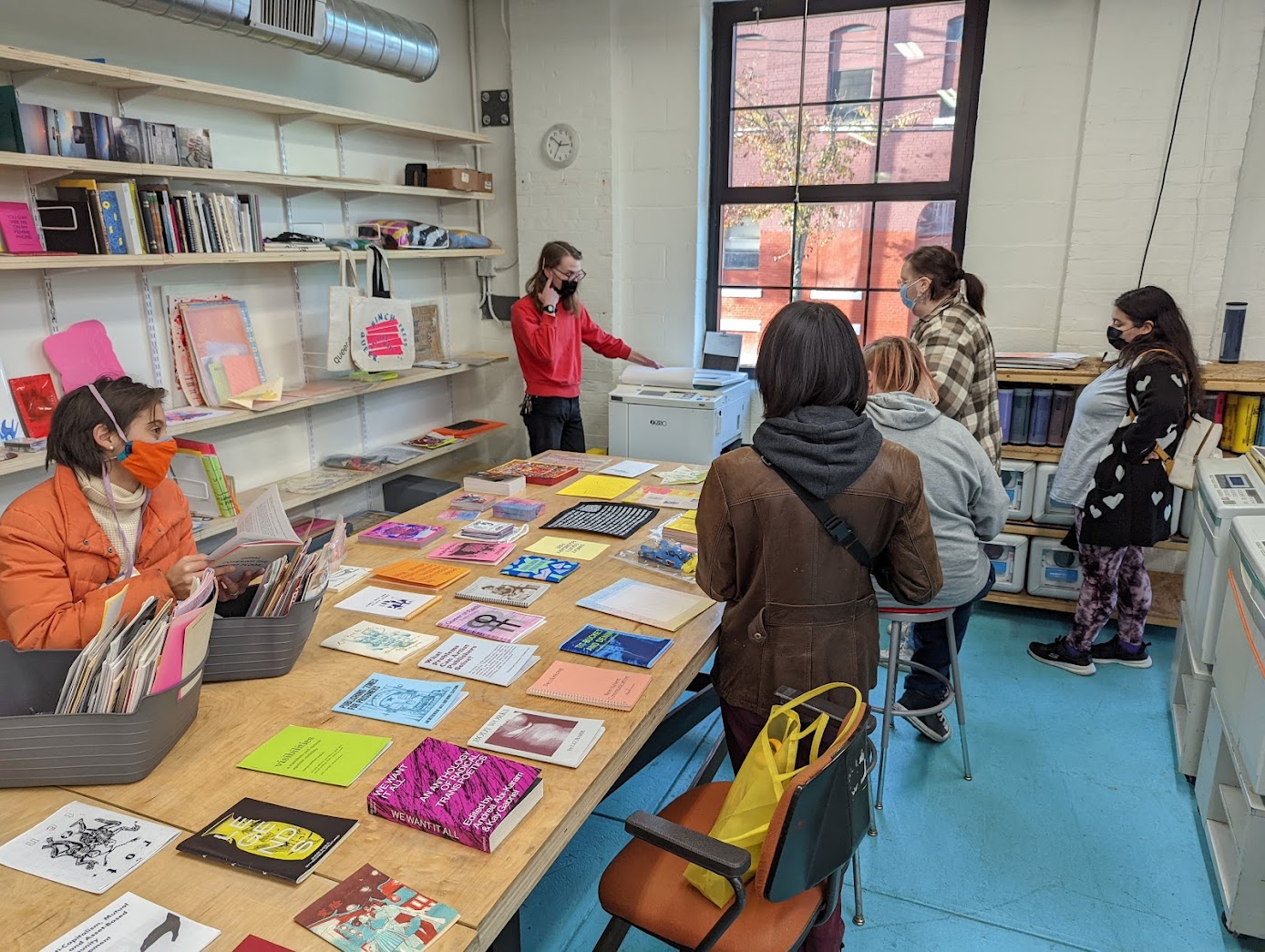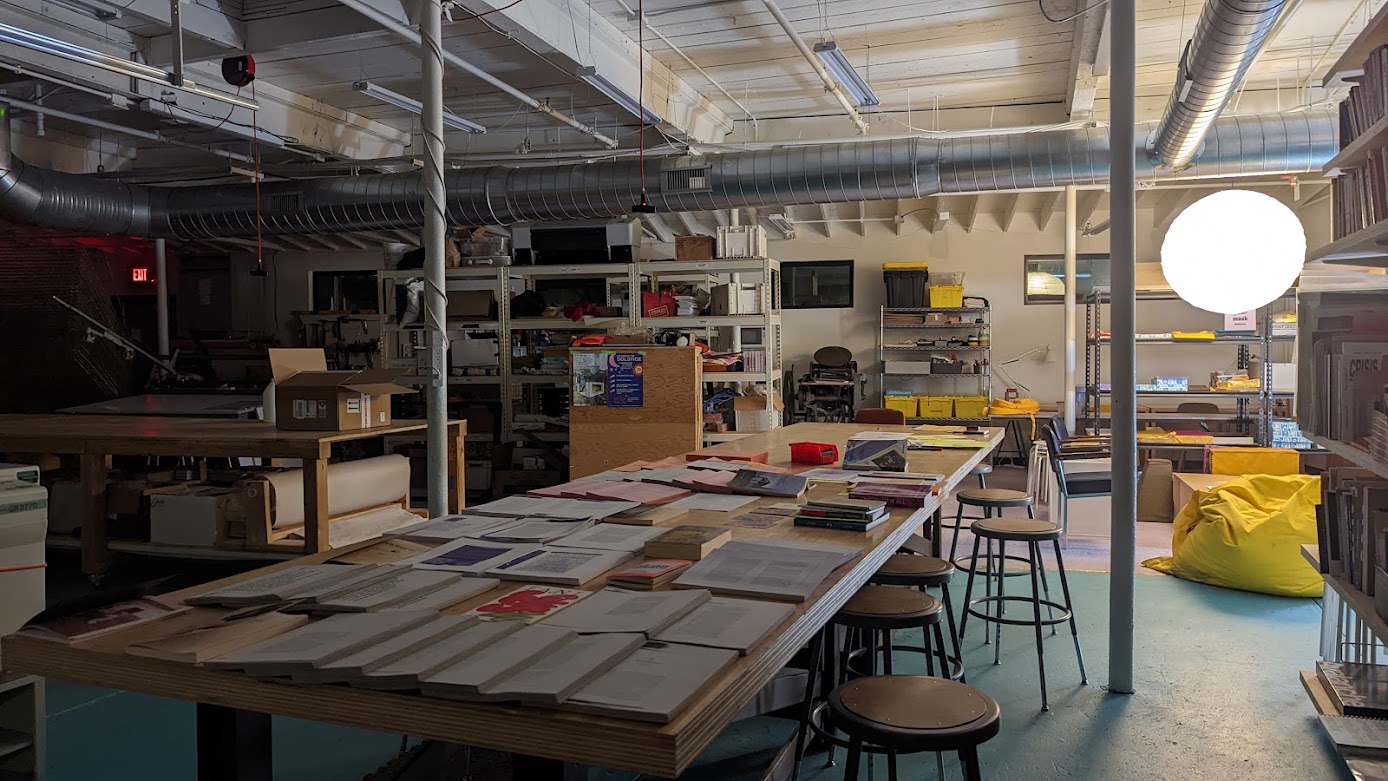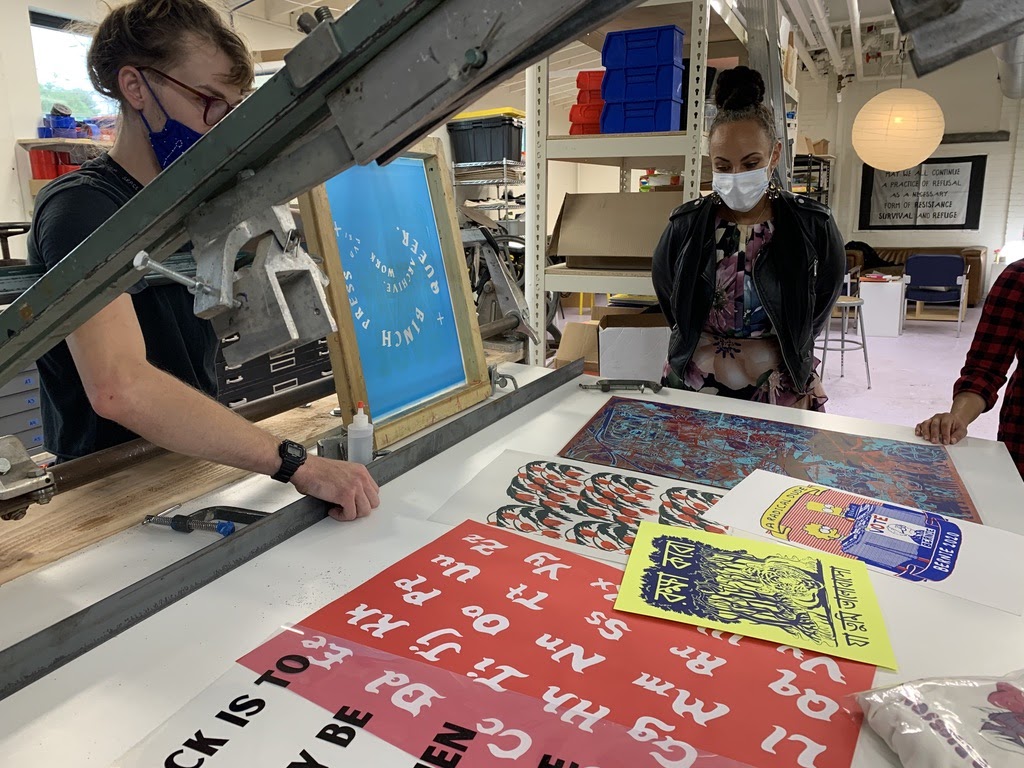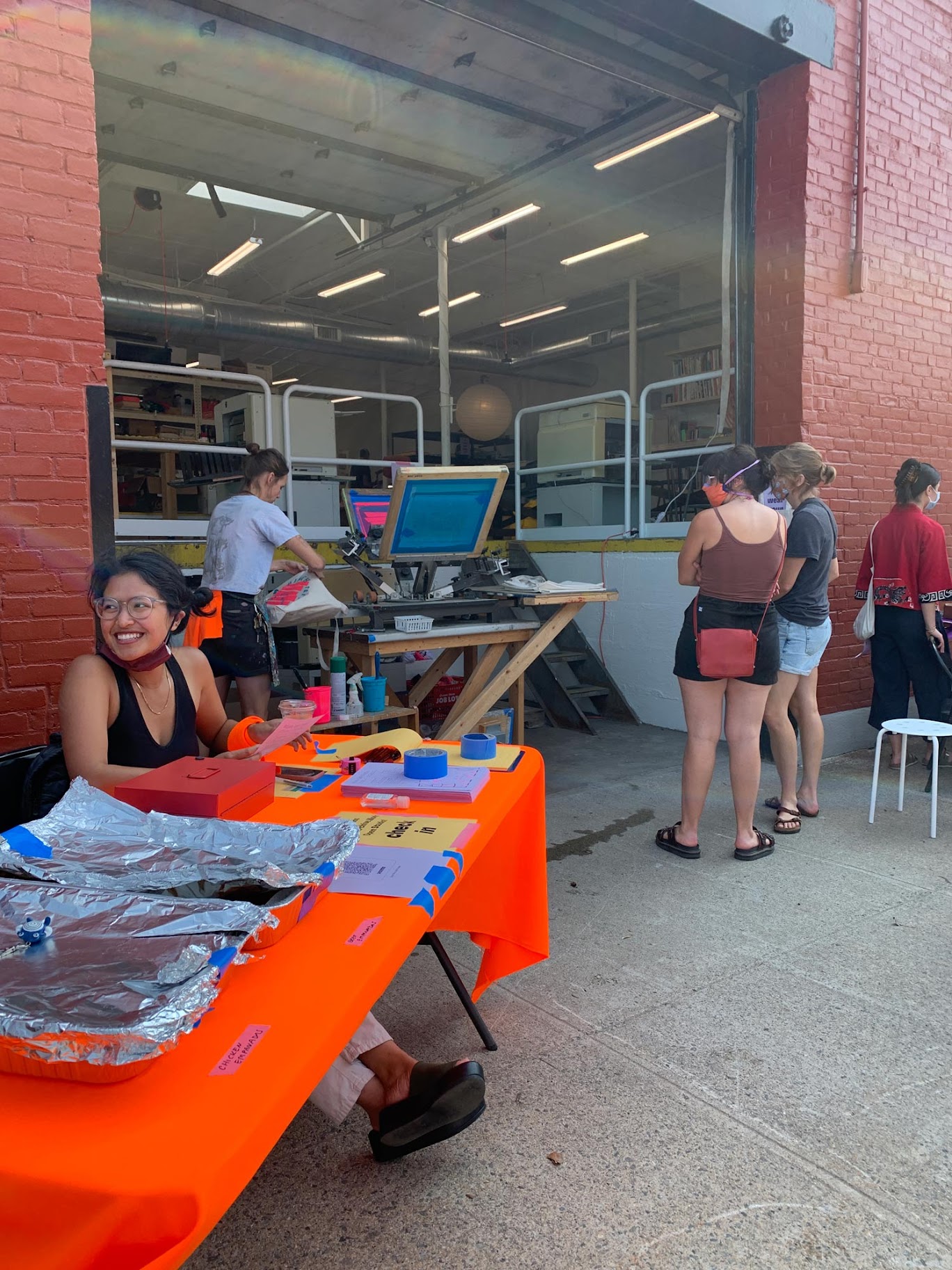soulellis.com / writing / badarchives
Paul Soulellis

ACT UP protest sign, 1992–96

ACT UP protest sign, 1992–96
Queer culture is always impermanent. Always at risk of being lost.

ACT UP protest sign, 1992–96
Ours is a history of illegibility, invisibility, and erasure. As a gay man who lived during the 80s and 90s, covid is not my first pandemic.
During the AIDS crisis, we saw the US government neglect an entire generation, especially gay men, people of color, transgender people, and people living in poverty,
forgotten, not just in death, but in their living struggles and actions that now barely register, barely legible in our written histories.
In their erasure, we lose stories from our collective memory. Recently, I’ve been compelled to time travel, to go back into archives, 30, 40, 50 years later, to find evidence of who and what was lost, the connective tissue between here and there.
Maybe to find myself even. Who didn’t survive. How do I navigate this? What do I find there? How can we do better.
I’m looking here, in 1970,
and here, in the late 80s,
and here, in the mid 90s. These are urgent artifacts; showing the effort to be seen and heard while queer life was de-legitimized, neglect was normalized, and stories of failure were erased from collective memory.
Today, because of digitization and the important work of non-traditional archivists, often activists and artists who are themselves the survivors of crisis and trauma,
we find evidence—print collectives, trans newsletters, queer zines,
ACT UP meeting minutes, bulletin board posts, party fliers,
protest signs, and other materials that can help us reconnect and repair these incomplete histories.
In them, we can see communities in action, alive in support and survival, using print and digital material as the connective tissue.

IF I DIE OF AIDS - FORGET BURIAL - JUST DROP MY BODY ON THE STEPS OF THE F.D.A., jacket worn by David Wojnarowicz (September 14, 1954–July 22, 1992), ACT UP demonstration, Food and Drug Administration, Washington, D.C., October 11, 1988. Photo by Bill Dobbs.
These are ephemeral acts and public gestures, during crisis, that tell the story and spread the word, working across time, within and against erasure. Finding and learning about them is rewarding work. Sharing them is our responsibility.
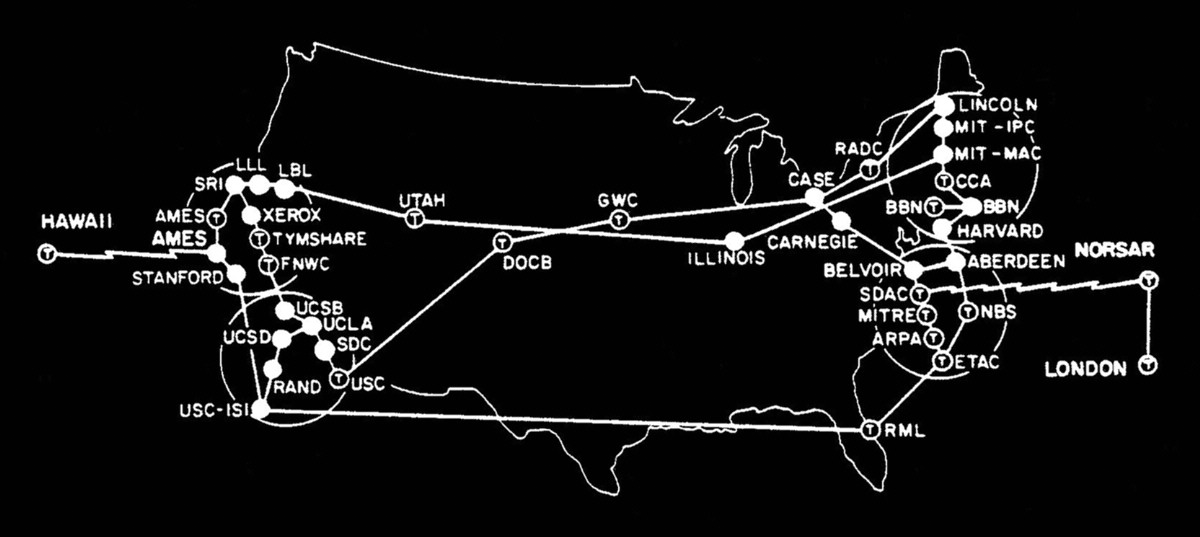
ARPANET map, September 1973 (BB&N)
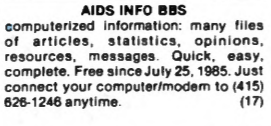
Classified ad for AIDS Info BBS from San Francisco Sentinel, April 27, 1989
During the AIDS crisis, in some of the same places where the most suffering was happening—New York City, San Francisco—the early internet was blooming. New kinds of relations were forming on community bulletin board services, between connected terminals, and later on, in web browsers.
The national context for all of this was unthinkable crisis, but we rarely think about these two together, the AIDS pandemic and the early internet. They seem to contradict each other in spirit and outcome, one a disaster and the other a dream. Within both we can trace the tangled evolution of networks and radical alternatives.
This was all before we knew how to preserve what we were making, and what it might mean to save these cultures that were about to go missing, for an unknown future, and why we would even need to do that.
Before we knew the full extent of the loss. Before we knew the debt that would be incurred.
And so I go back to those early years of the network, to what’s referred to as the digital dark age, to better understand what it felt like to search for others beyond limits, to yearn for connection, while the floor was dropping away. All of that painful searching. The simultaneous loss and connection of networks falling apart while others are being built.
Can we do this now? Can we hold these contradictions together in this same moment, here in this talk, in an attempt to expand what we know about network culture, and why that matters to us today, in our current crises?
These new spaces and relations were not only online. We were building networks that transcend time and space, or so we thought, or so we hope now.
Network culture like this, in the early 80s,
But also network culture like this, in the early 90s,
And this, currently.
Decentralized forms like the early net, but also the telephone chain, DIY libraries and archives, public space interventions,
video activism, record keeping, community centers, organizing on zoom—this was and is the connective tissue.
This is a sketch, of an expanded notion of network culture, as it came into being before, during and after the AIDS pandemic. This is an attempt to re-see that history with this fuller, more painful context in mind. And from this, to learn, and to imagine better futures.
Queer theory came out of that moment, emerging from the necropolitics of the Reagan Bush years, and giving us a way to look beyond chaos and crisis towards queer kinship, solidarity networks, speculative imagining. Away from heteronormativity. We got that language, given to us by José Esteban Muñoz and others.
I’m looking at how entangled these forces were in that moment, these messy, radical ideas about printing, publishing, networks, theory, collectivity, queerness, erasure, and futurity. I’m looking at the affordances and failures of archival practices in crisis conditions. That is, after all, our current condition.
And so I’d like to speak about what I’m calling non-cooperative archival practices. Non-cooperative because these are the gestures that emerge out of urgent times, as acts of resistance. These are archival impulses that have nothing to do with the conventional archive, or archival studies.
These are the informal, independent, wild, failed archives, bad archives, that form lovingly and messily in basements, in closets, in storerooms, in parks,
dead-end hand-coded web pages, and YouTube playlists. Unsearchable archives, improperly cared for, radically open and accessible collections that don’t really protect what they keep. These were never even archives at all.
They’re acts of survival that help us stitch together and speculate in absence and conflict. These are the PDFs and badly scanned images and haunted listservs that give us permission to time travel, searching for lost ones.
Evidence of ourselves, of them. Improper archives holding evidence of community organizing, artistic projects, and activism, messy spaces of possibility and action.
This is the work I’ve been doing for a while. I started almost 10 years ago with a project called Library of the Printed Web. It was a loosely curated publishing project and collection of artists’ books and ephemera
that eventually got acquired by MoMA Library, and legitimized as valuable and worthy enough for history, but it began with a crude idea about how unstable,
impermanent materials like a wooden crate, newsprint, and print-on-demand zines, might tell us something else about network culture, beyond the internet of our screens, or parallel to it.
Something about how artists were working with ordinary digital material after the iPhone but before Trump, printing it out to look closely and to see what was being lost.
What I learned is that printing is always political, and that printing the web changes the texture and charge of material—from impermanent to stable, from fast to slow, from visual to haptic. Printing the web signaled that all material is at risk of being lost, to never be seen again, even as it’s held in your hands.
The printed web of the 2010s was directly connected, spiritually at least, to this: the world’s first public computerized bulletin board system, created in 1973. It was called Community Memory,
and the first terminal was located at Leopold’s, a record shop in Berkeley CA. Eventually there were terminals in other locations, all connected to a computer that ran the service at Resource One, a “warehouse community” in San Francisco.
Early in 1974, someone printed the entire thing out, everything that had ever been posted to the service. It was a desperate attempt to create a material record, working against disappearance. Now it exists as a hard-to-find set of PDFs that I managed to locate and download.
They described the project like this: “Community Memory is community mindfulness, not-forgetfulness. In the root sense of the greek word for truth, aletheia (having come out of hiddenness) it is communal retrieve of truth, communal disclosure, that which is (left) open, by us, to us.”
That retrieval, that recall, is something we can access right now, in reading through their records. Here are some of those messages that they printed out.
These are the very first posts to the internet ever, by the general public. Recipes, conspiracy theories, manifestos, services needed, things for sale, self-promotion, roommates wanted, concert tickets, rideshares, drugs, poetry, personals—
you name it, this was Reddit, this was Craigslist, almost 20 years before the world wide web was invented. Community Memory even contained the internet’s very first troll, Dr. Benway, who appears all over these printouts.
Every post was organized with keywords, which were chosen by the user, and this was the only way to organize and find anything.
Through the language they used, we have this imperfect data set of exactly what was on this network’s mind, 50 years ago. This is community memory.
Is this one of the very first LGBTQIA posts on the internet, ever? “LAVENDER U . . . TO PROVIDE GAY WOMEN AND MEN (AND OTHERS EXPLORING GAY FEELINGS) THE OPPORTUNITY TO SHARE THEIR KNOWLEDGE . . .”
Here’s another one.
I never saw this printout when I was doing Library of the Printed Web. I wish I had; it would have changed the project. But that’s ok, it’s more powerful for me now, in the work I’m doing today, revisiting these signals from 50 years ago.
What I see in them is the queer, non-cooperative impulse to save in the midst of the flow of culture, as it’s being lost. Queer because what’s being gathered is often illegible to others, unworthy, not legitimate. Non-cooperative because the act of saving happens in spite of that dismissal. The bad archive forms itself in alternative spaces,
gathering ordinary scraps together in one place, working independently from the traditional archive and its history of oppression, working against those practices by being outside them.
Their keyword system was chaotic, but it sort of worked. It’s not a traditional index. It’s not a controlled vocabulary. It’s beautiful because it was created collectively by its users, in real time.
It may be connected to what Alex Juhasz calls Queer Archive Activism, described (by scholar Ann Cvetkovich) as “an activist relation to the archive that remains alert to its absences, and that uses it to create new kinds of knowledge and new forms of collectivity. Queer Archive Activism insists that the archive serve not just as a repository for safeguarding objects, but also as a resource that comes out into the world to perform public interventions.”
Two years ago, I started a non-profit organization here in Providence called Queer.Archive.Work, with a mission to do just that, to build something that comes out into the world. Within it is a collection of materials centered on voices who are typically left out of archives. QAW is porous—it’s a bad, leaky archive that allows for seepage, the exchange, in and out, of voices and ideas, in all respects: in how we gather, in how we learn and grow, as a maker’s space, full of tools. More than tools, like we just saw in those posts, it’s about access to one another.

Queer.Archive.Work visit with College Unbound students, April 2022
QAW exists because of our queer ancestors who helped make network culture in all of the ways I’ve sketched out, and our vision now benefits from that history: it’s about gathering ideas to connect and light up the library,
shared space where we can be in conversation with those ancestors, with those who can’t be with us, with each other, imagining new futures, with new ideas about queerness going out into the world, through our large garage door, open to the street.
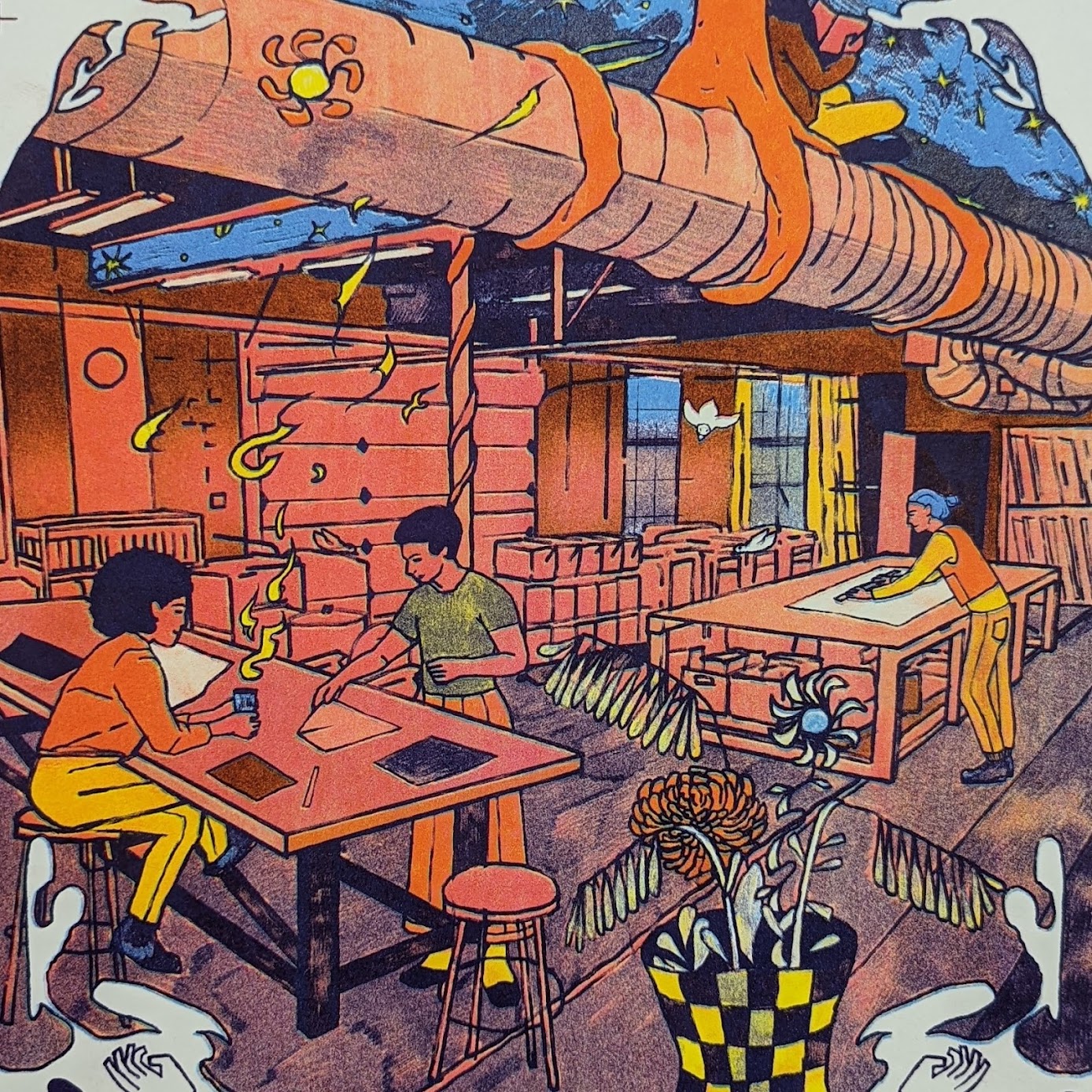
Queer.Archive.Work (artwork by Cai Diluvio)
Our studio is a community memory terminal, a portal both inward and out. We can also get at this through our name, starting with the word Queer. It both welcomes and limits for whom the space serves. At QAW queerness is an expansive, limitless idea that resists definition.
We use the word Archive in our name non-cooperatively, refusing to impose classification on the materials and ideas there, for now—and challenging what we even mean by this word. We don’t even call it an archive actually—it’s the library—and it changes every day as different people occupy the space. We take care of zines, books, and objects, but also impulses, exchanges, needs, and desires, because it sits within a working print production studio serving a mostly local Queer, Trans, and BIPOC community.
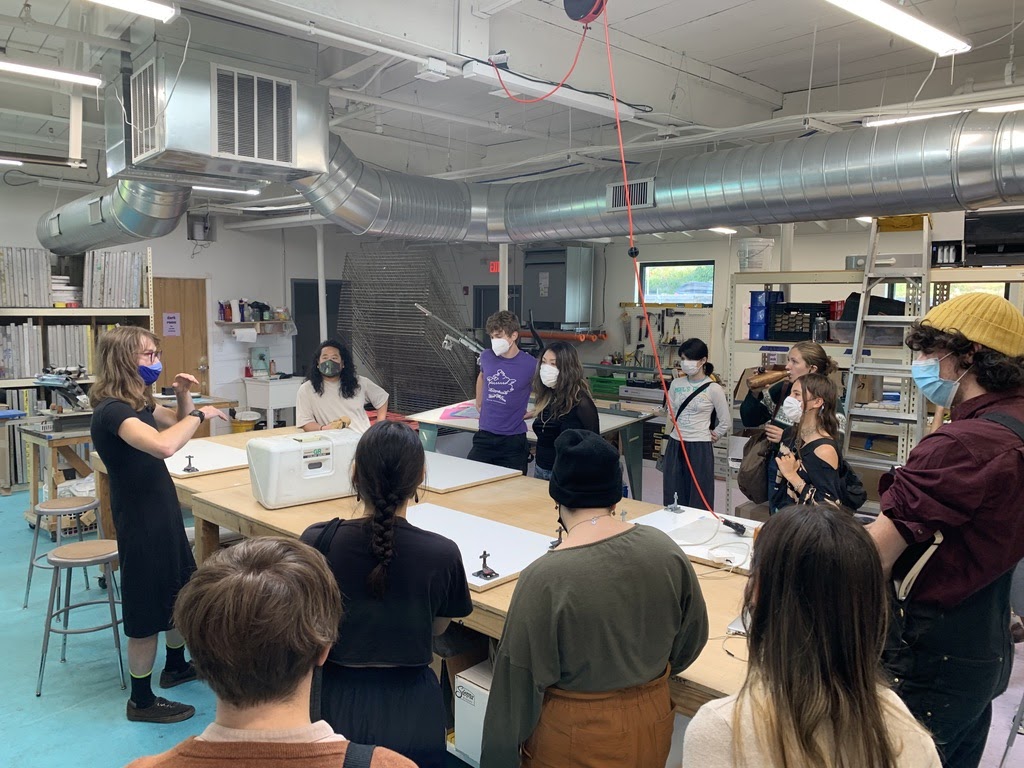
Queer.Archive.Work workshop
And we use the word Work to acknowledge the ongoing labor in alternative publishing practices, and how communal care, cooperation, and collective organizing in our space require hard work. As the burden of that work is often put upon the same people who are most oppressed racism and heteropatriarchy, much of what we do is about prioritizing equity and the fair distribution of labor, through collaboration, and cooperativism.

Binch Press / Queer.Archive.Work studio opening day, September 6, 2021
40 people share our studio and its printing resources—residents, members, and organizers. And every two weeks, we’re open to the public for browsing, reading, resting, writing, discussion, connection. These different ways of accessing and serving mean that sharing happens in surprising ways. Survival by sharing.
Because it’s a bad, leaky archive, QAW is never static. It holds space and objects and people and relations, but doesn’t contain them. Our library’s totally unorganized. We’ve got more than a thousand items

Queer.Archive.Work Library
that are yet to be catalogued. There’s no way to search, and no way to track. We don’t even have keywords. Because nothing is fixed, new relationships are constantly forming in this non-linear, bad archive.
I don’t know how long we can keep it like this. It’s a bad archive because its demise is always possible, always threatened by obscurity; what if it stops being useful? Online, we offer a small but significant collection of digitized zines, available for download,
taken from other archives, some legit, some bad. Together these different sharing approaches try to make space and make visible evidence of who we are, and where we’ve been, protected for now, as safe as can be.
Not everyone has survived. 6 million people are dead from covid, worldwide. What are we doing? What are we learning, in this extended moment?
We do what we can, sharing skills, using publishing as an empowering force, making zines and collaborative docs to self organize and educate. We collect, protect, and give access.
We build bad archives with messy, queer, non-cooperative logics. We discover new ways to make and change network culture. These impulses travel through time and connect to larger trajectories, speaking with ancestors, always emerging below and within crisis.
We survive by sharing, communicate in community, the garage door to the bad archive left open by us, to us. The illegitimate, bad archive persists.
Paul Soulellis
April 2022
Back to top
Background image
Presented at:
Brown University
John Nicholas Brown Center for Public Humanities and Cultural Heritage
Archiving in the Age of (Im)permanence
April 18, 2022
Download slides as PDF
paul@soulellis.com



